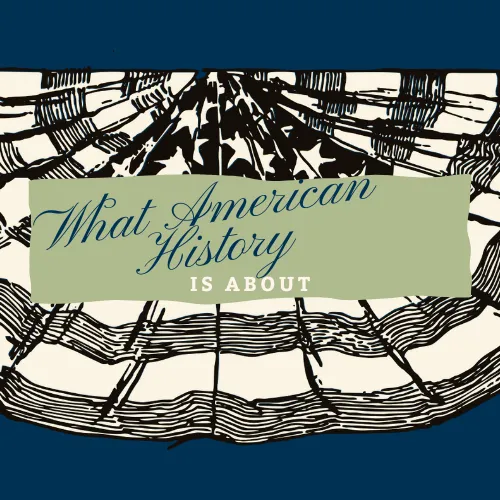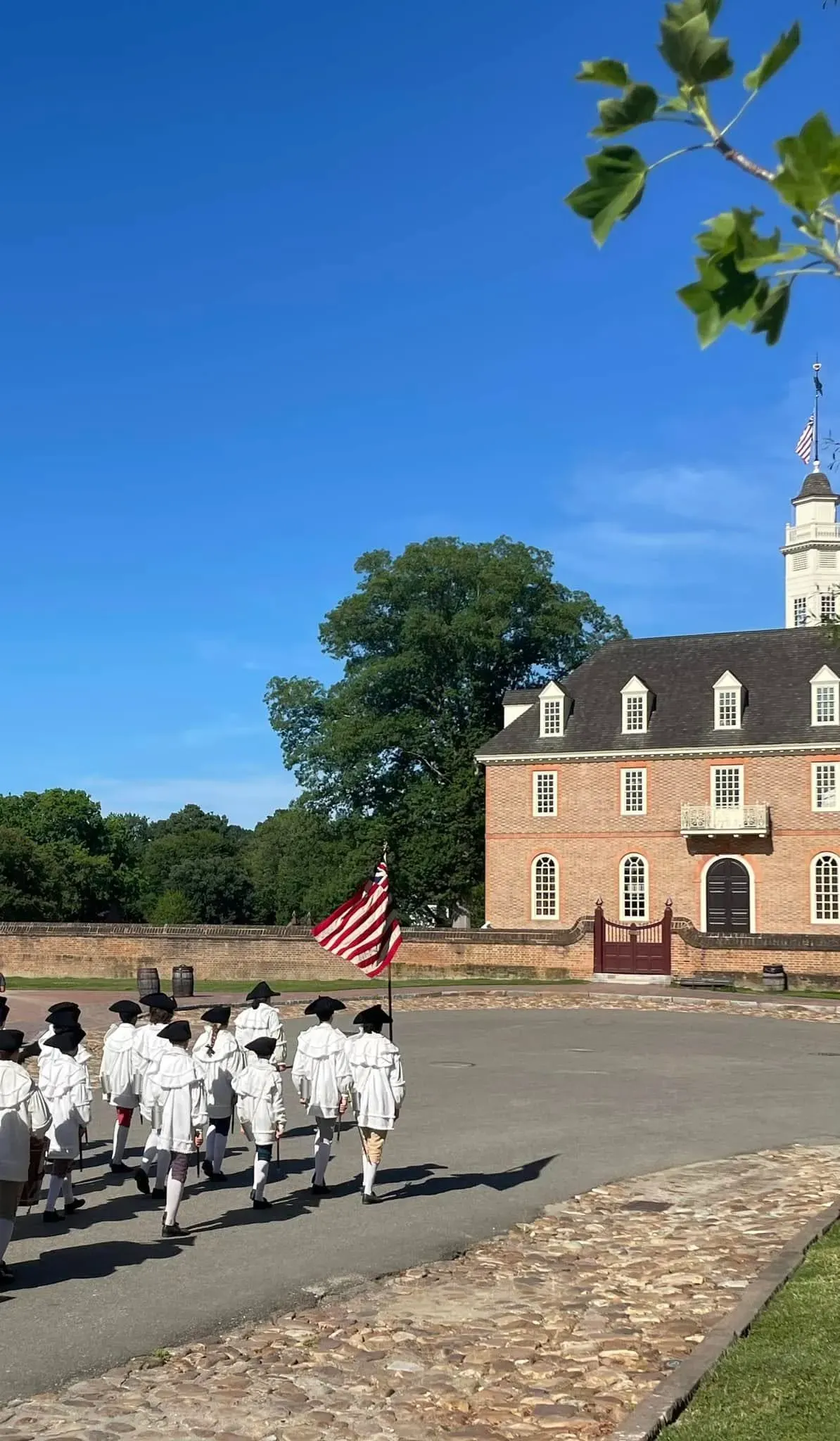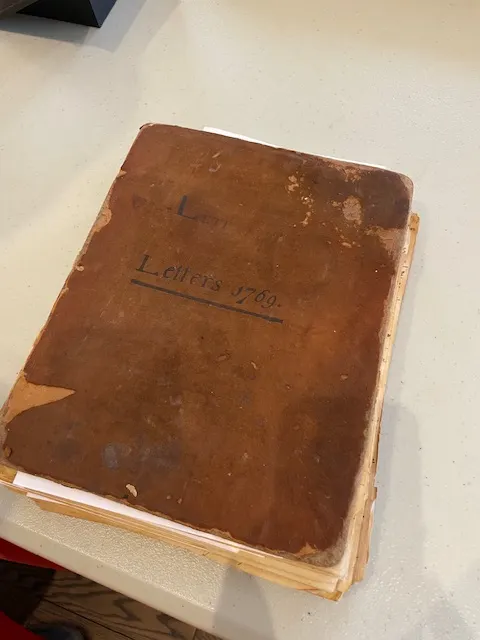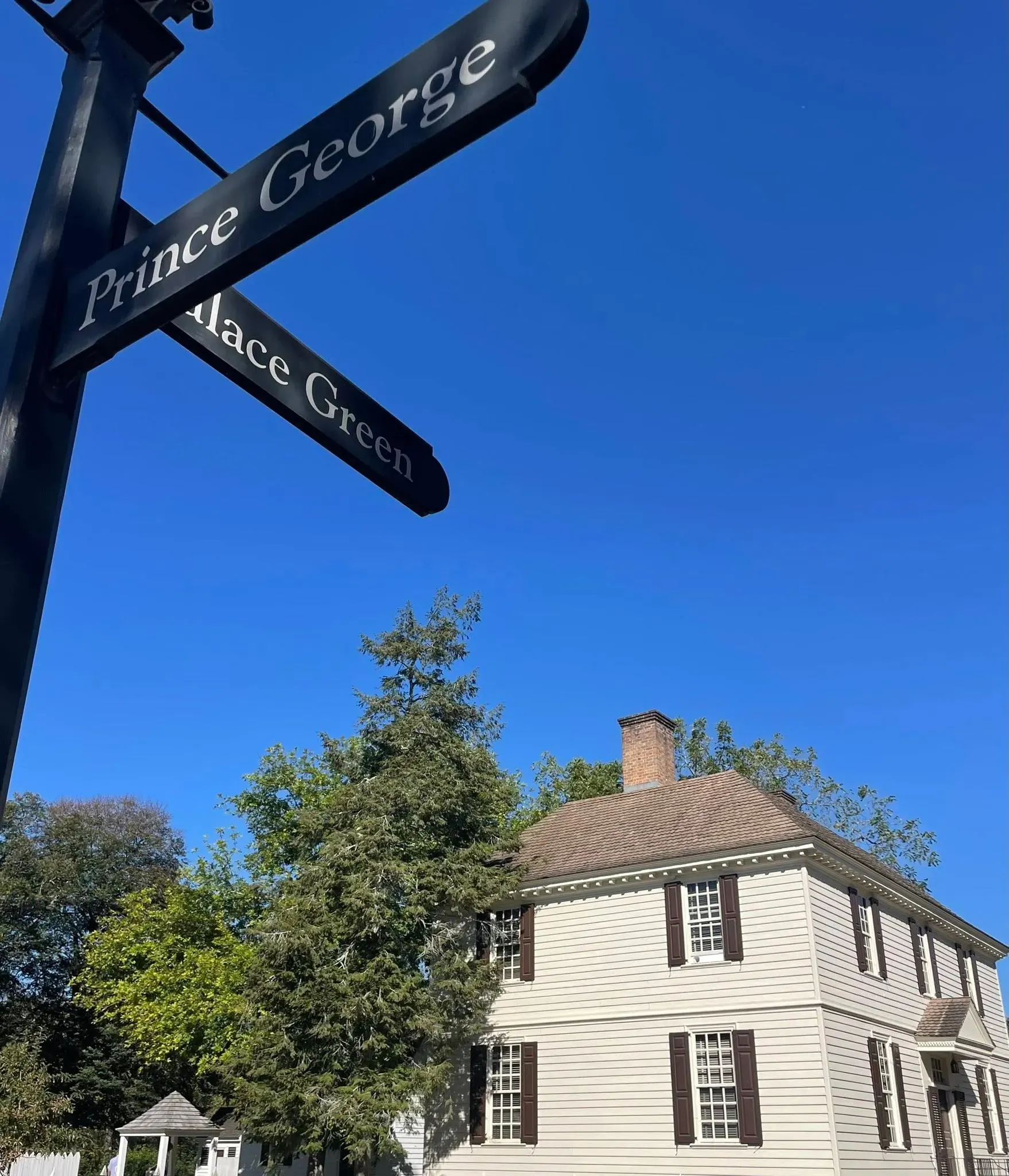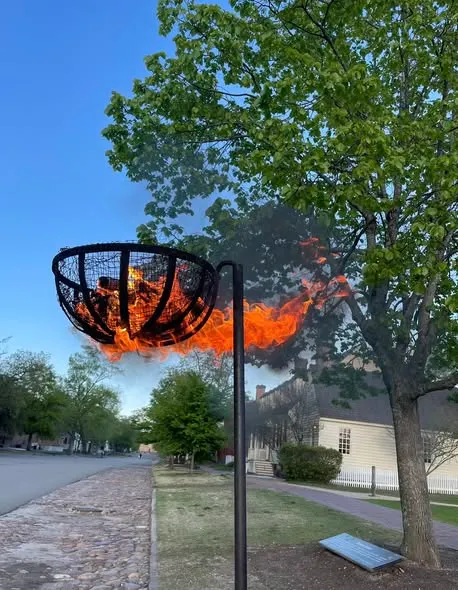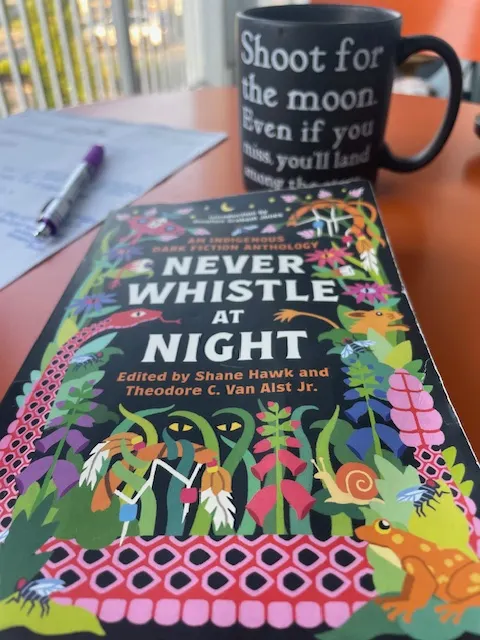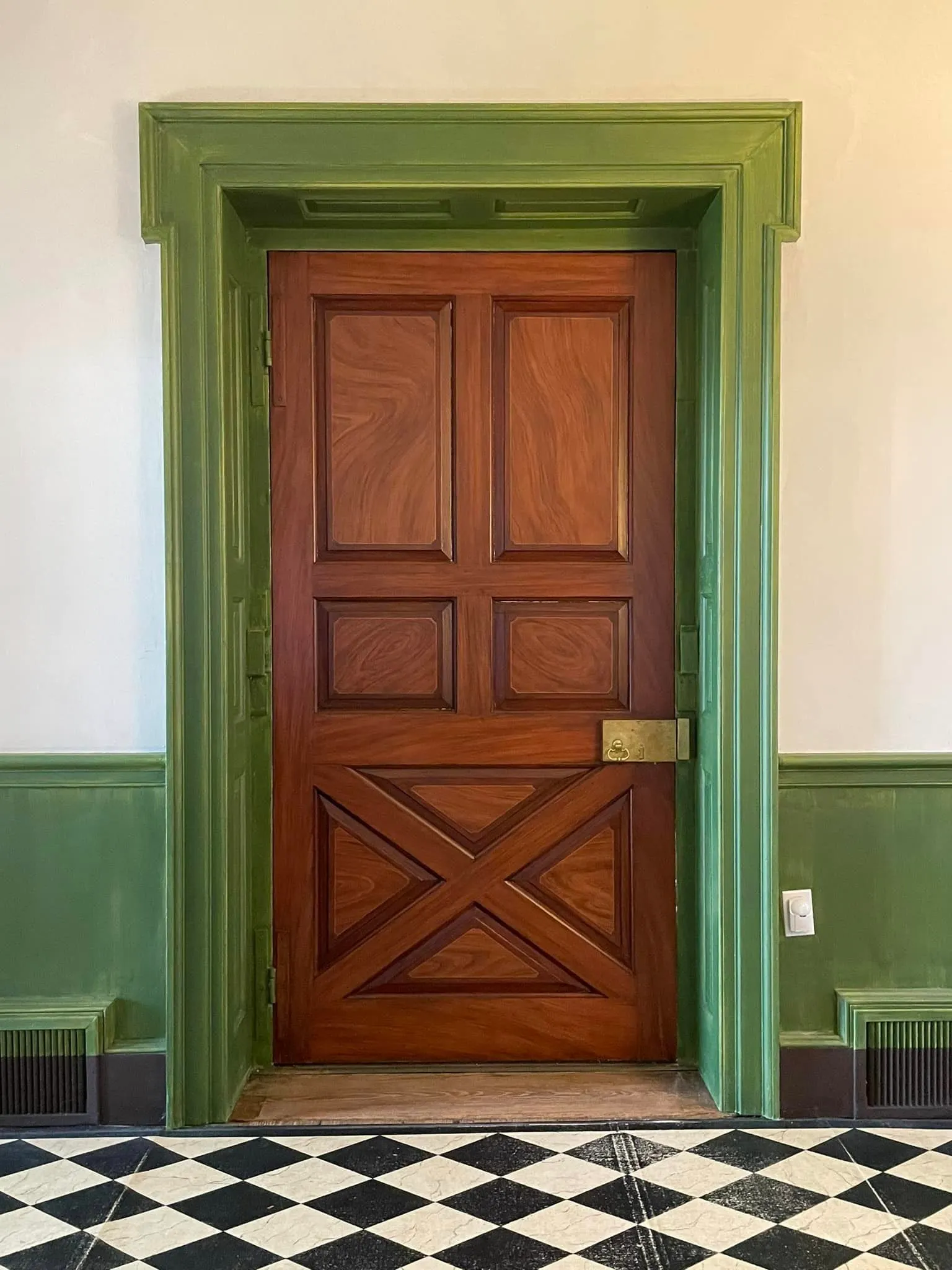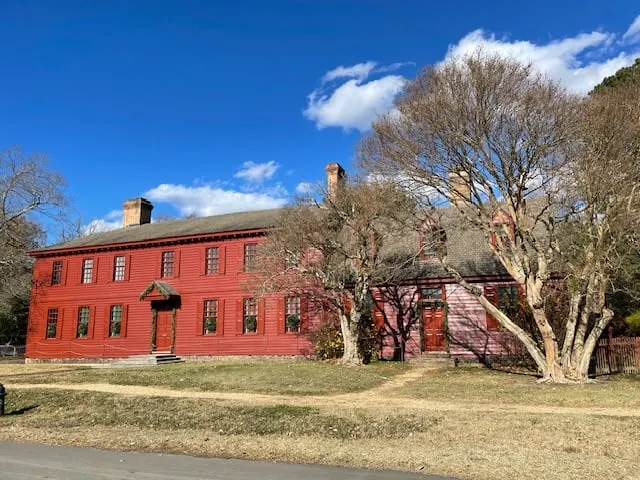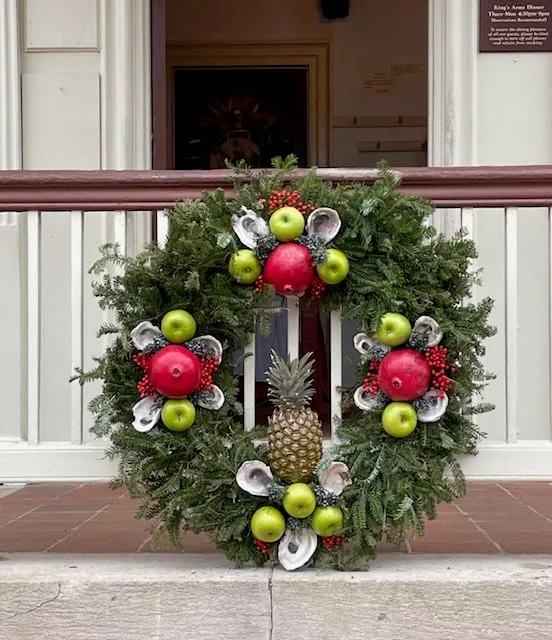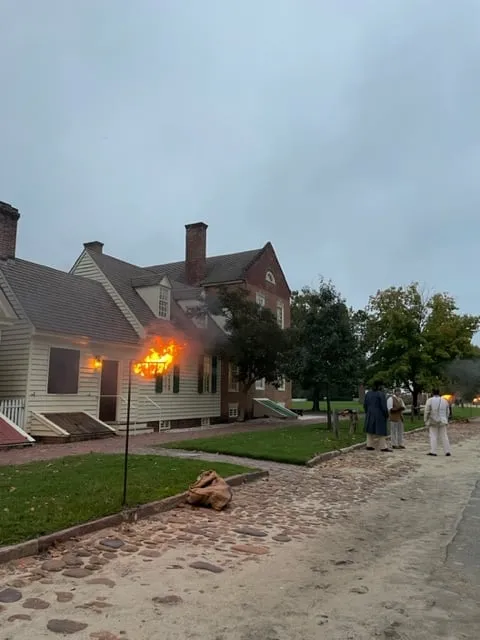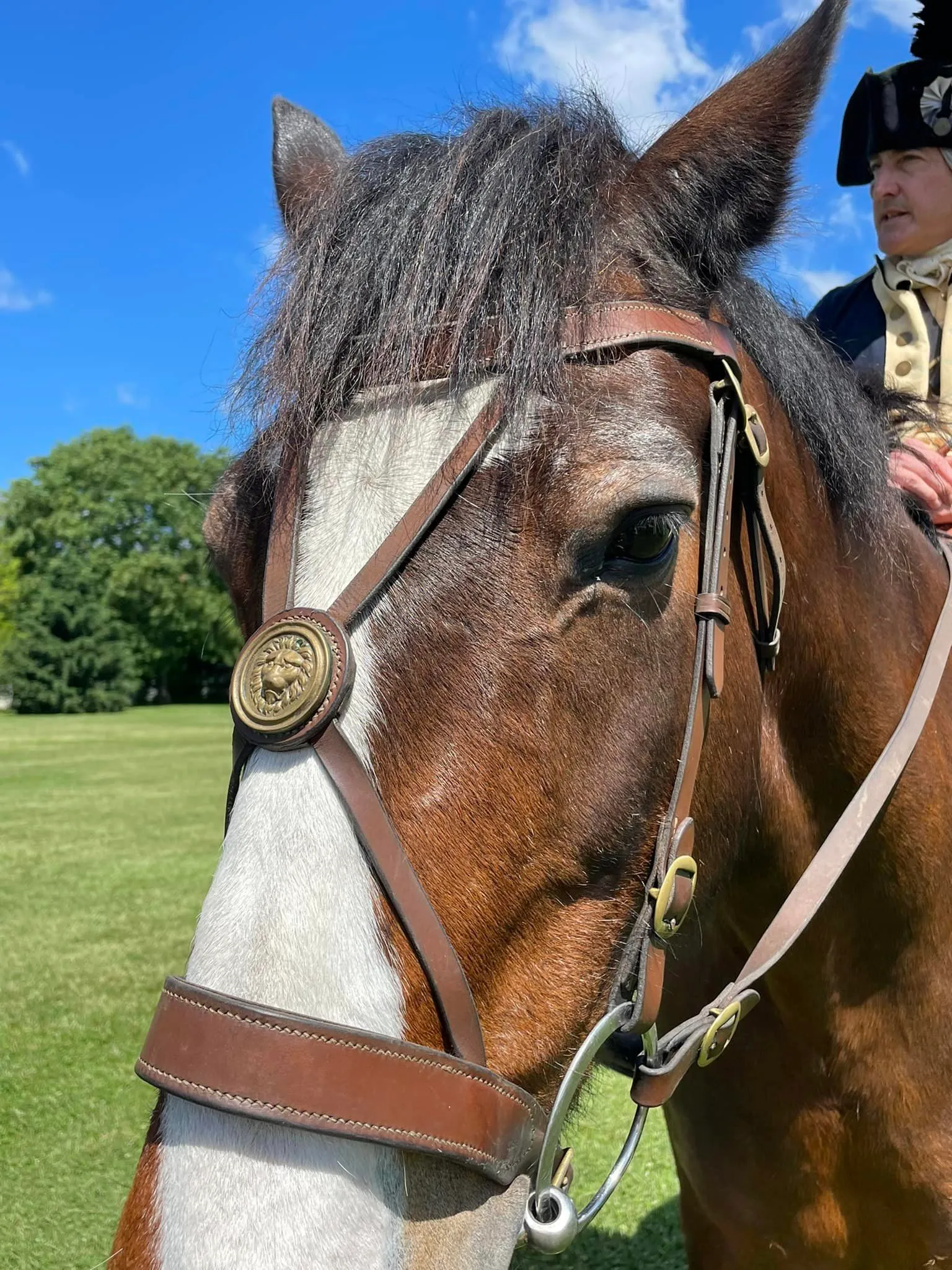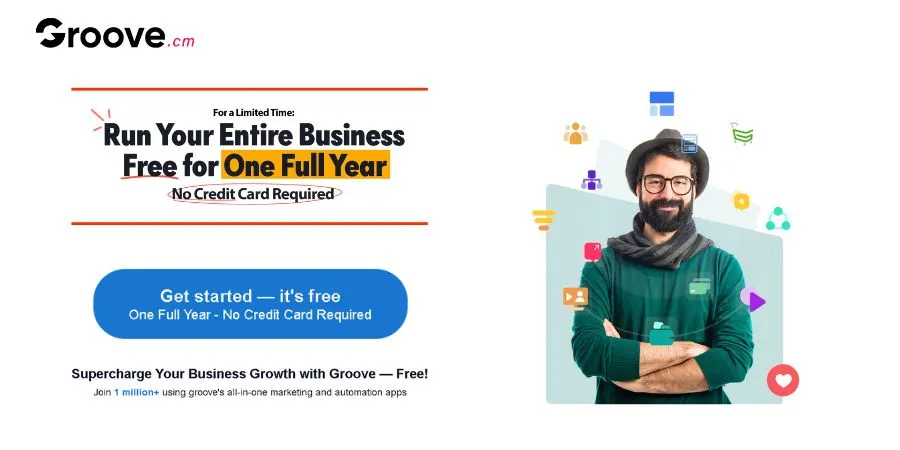Reflections, Ideas, and Action Items for Exploring the Tribal Nations of the Eastern Woodlands
This history blog is about learning as well as creating joy: that's the "understanding" bit.
As always, I get a little sense of trepidation when I write a post that hits directly on someone's heritage- I want to be respectful obviously- but most important: accurate.
I've been fascinated by early American history and, of course, that includes the colonization of this land and those who lived here as the settlers arrived. With the expansion of the American Indian Initiative at Colonial Williamsburg (CW), I've found more of an opportunity to dive into this aspect of our shared history.
And with Jamestown Settlement and the Paspahegh town interpretive site literally down the street, it's always been close.
RELATED: Click here to read more on my entry into the deeper dive of American Indians.
Necessary disclaimer: As a blogger, I use affiliate links sometimes! I may receive commission from purchases I share; it does not change your price but sometimes you might get a discount.
Reflections on learning more about the Eastern Woodlands tribes.
Stephen Seals, who portrays James Armistead Lafayette in CW, made a comment on stage recently (I'm paraphrasing)- he said that his history [James'] was not military history or black history, it was American history.
YES!
So as I looked around the nearly full-to-capacity theater for a special sneak peek into Richmond Virginia's Pocahontas Reframed film festival, I was energized. I saw all kinds of people around me; and that included many faces I recognized as CW employees.
After running over to Jamestown Settlement to ask some pretty specific questions as I learn more about the Kiskiack and overall Eastern Woodlands tribal history, it was a perfect end to my day. Why?
Because watching a series of short films created by American Indian descendants sharing their perspectives was eye-opening.
And doing it in that environment and with the vibe in the room gave me ideas on how to structure SO MANY posts to give you all some fantastic content - creating joy and understanding (I hope!) as I promised in my mission statement.
RELATED: Click here to learn more about Pocahontas Reframed film festival, which has been updated for November 2025's event.
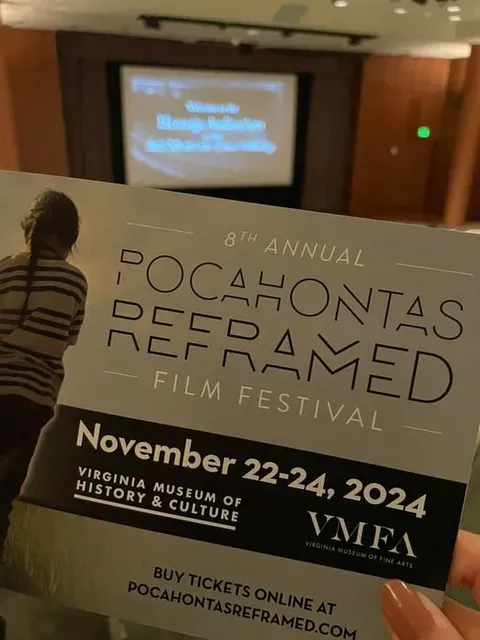
Program for event held in CW
Ideas to explore.
- the structure of tribal governments
- tribal nations' relationships with European settlers/government, the enslaved, and overall- anyone and everyone living on this land
- art, homes, food, farming, tools, and artifacts
- 3rd party written history (something mentioned to me in the American Indian encampment by one of CW's fantastic interpreters)
- museums and libraries, as well as special collections, related to tribal nations across the United States- in short: the best places to learn and explore
- specific information on the Kiskiack and other Eastern Woodlands, especially Tidewater, tribes
And more. In fact, if you have something specific you want me to explore and share on this blog, please comment or subscribe and connect with me through email! You can also use social media: Facebook and Instagram.
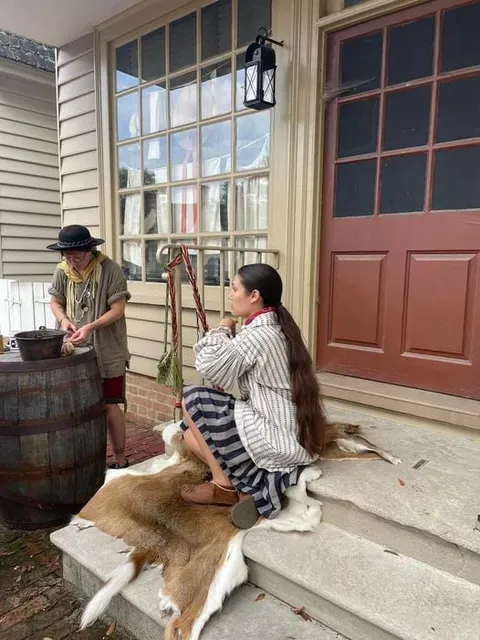
CW American Indian Initiative interpreters on Duke of Gloucester street
Action items- aka my personal to-do list for the blog.
You can see by my ideas above, I will not run out of "work" to do! But I am loving every minute.
Some of my action items include:
- visiting the College of William and Mary's Omohundro Institute (suggested to me by a Jamestown Settlement interpreter who has his Master's from W&M)
- creating a list of historical markers on my Explore Here app (and yes, this is the company I'm starting a collaboration with!) - they also tell you what Native Land you're on when you open the app - and if you purchase the PRO version, let me know
- set up meetings with experts in the region
- make a list (and visit) sites nearby to explore the history of Eastern Woodland tribes as well as view artifacts and documents
- continue to visit both the Paspahegh town in Jamestown Settlement and the American Indian Encampment in CW
- dive into specific topics (make a list and research) based on Pocahontas Reframed
- research special events aimed at learning and exploring American Indian heritage
And if you take a deeper dive on this, or have a task to suggest, please do!
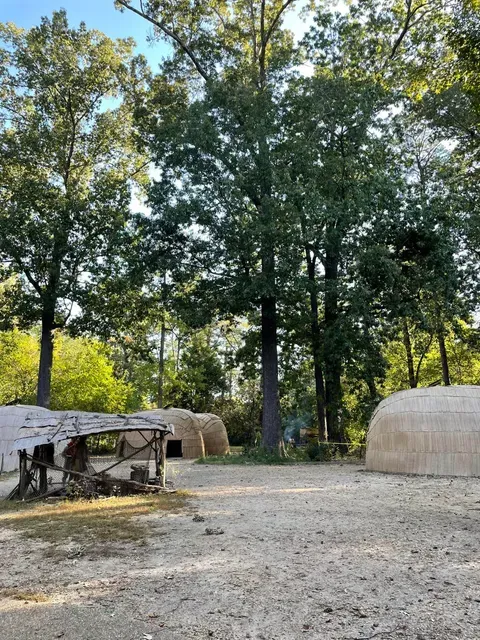
Paspahegh town, Jamestown Settlement, October 2024
Closing words from history.
I've heard it multiple times now: much American Indian history is learned from the words of George Washington who was both respected and loathed, as well as loved and feared, by members of various tribes throughout this land. More on that to come.
So I'll close with more of his words today. A letter in which he is seeking help in sharing, with accuracy, vocabulary of Indian nations. This is the stuff that reels me in and brings to life to the man in the portraits.
Click here to read the letter on Founders' Archives, my source, with citations.
From George Washington to Thomas Hutchins, 20 August 1786
To Thomas Hutchins
Mount Vernon 20th Augt 1786.
Sir,
You will see by the enclosed letter from the Marqs de la Fayette to me, that the Empress of Russia is desirous of obtaining some authentic documents respecting the languages of the natives of this Country, for the purpose of compiling an universal Dictionary. As I have thought no person was more in condition to accomplish that essential service for the republic of letters than yourself, I have taken the liberty of transmitting a specimen of the vocabulary to you, together with a request that you will do me the favor of paying as early & accurate attention to the completion of the matter, as your avocations will admit. Persuaded that a gentleman of your taste for science in general, & particularly of your capacity for acquiring the information in question, will enter upon the task with pleasure, I make no apology for troubling you with it. Nor do I think it necessary to add any thing farther, than that it may be expedient to extend the vocabulary as far as, with the aid of your friends, you conveniently can; & that the greatest possible precision & exactitude will be indispensable in committing the Indian words to paper, by a just orthography.1 With sentiments of esteem & regard I have the honor to be &c.
G: Washington
Are you enjoying the blog? Help me make it an income-earning business! Use my online tip jar and buy me a coffee:
There is a huge practical disclaimer to the content on this blog, which is my way of sharing my excitement and basically journaling online.
1) I am not a historian nor an expert. I will let you know I’m relaying the information as I understand and interpret it. The employees of Colonial Williamsburg base their presentations, work, and responses on historical documents and mainly primary sources.
2) I will update for accuracy as history is constant learning. If you have a question about accuracy, please ask me! I will get the answer from the best source I can find.
3) Photo credit to me, Daphne Reznik, for all photos in this post! All photos are personal photos taken in public access locations or with specific permission.
